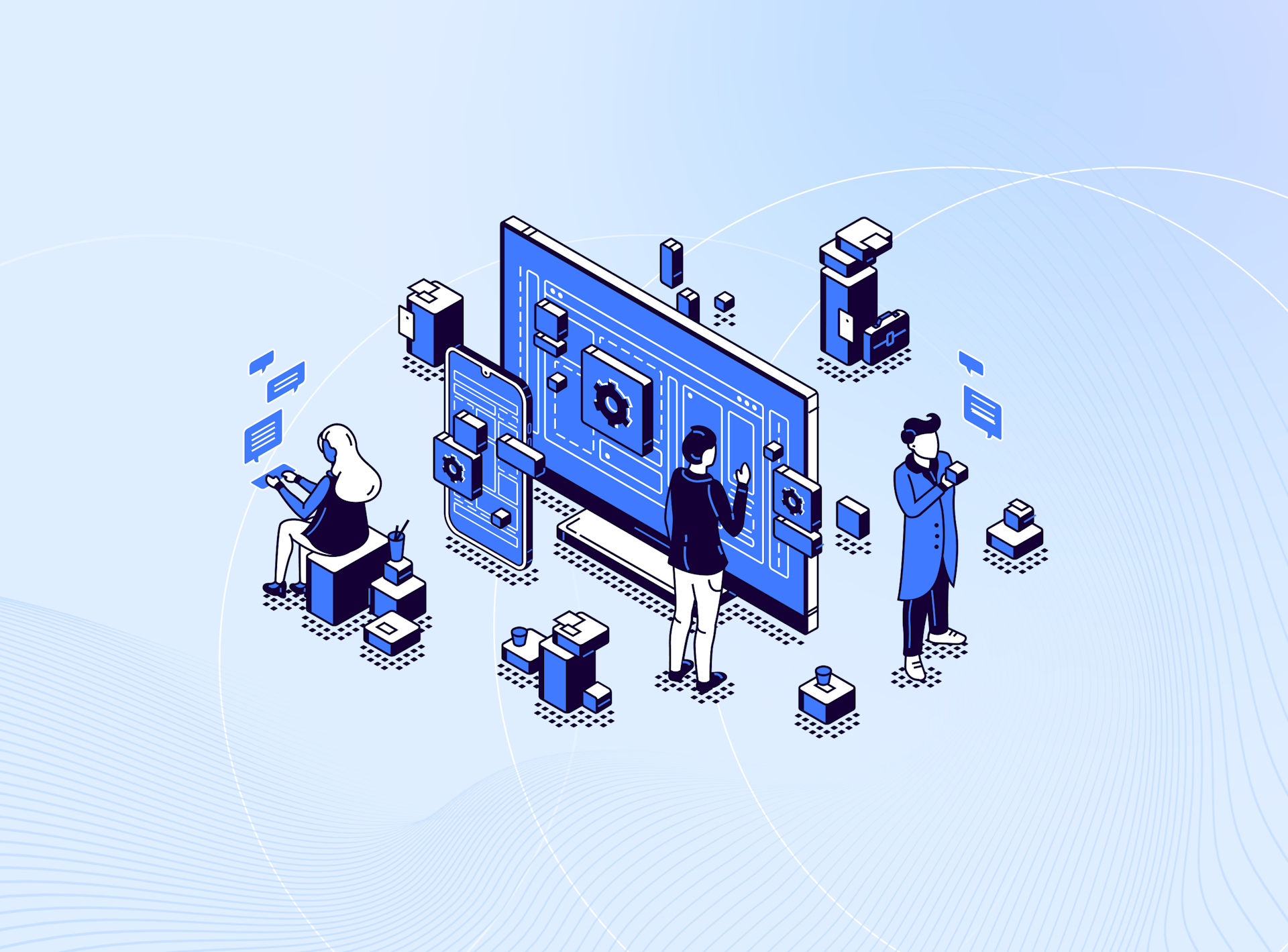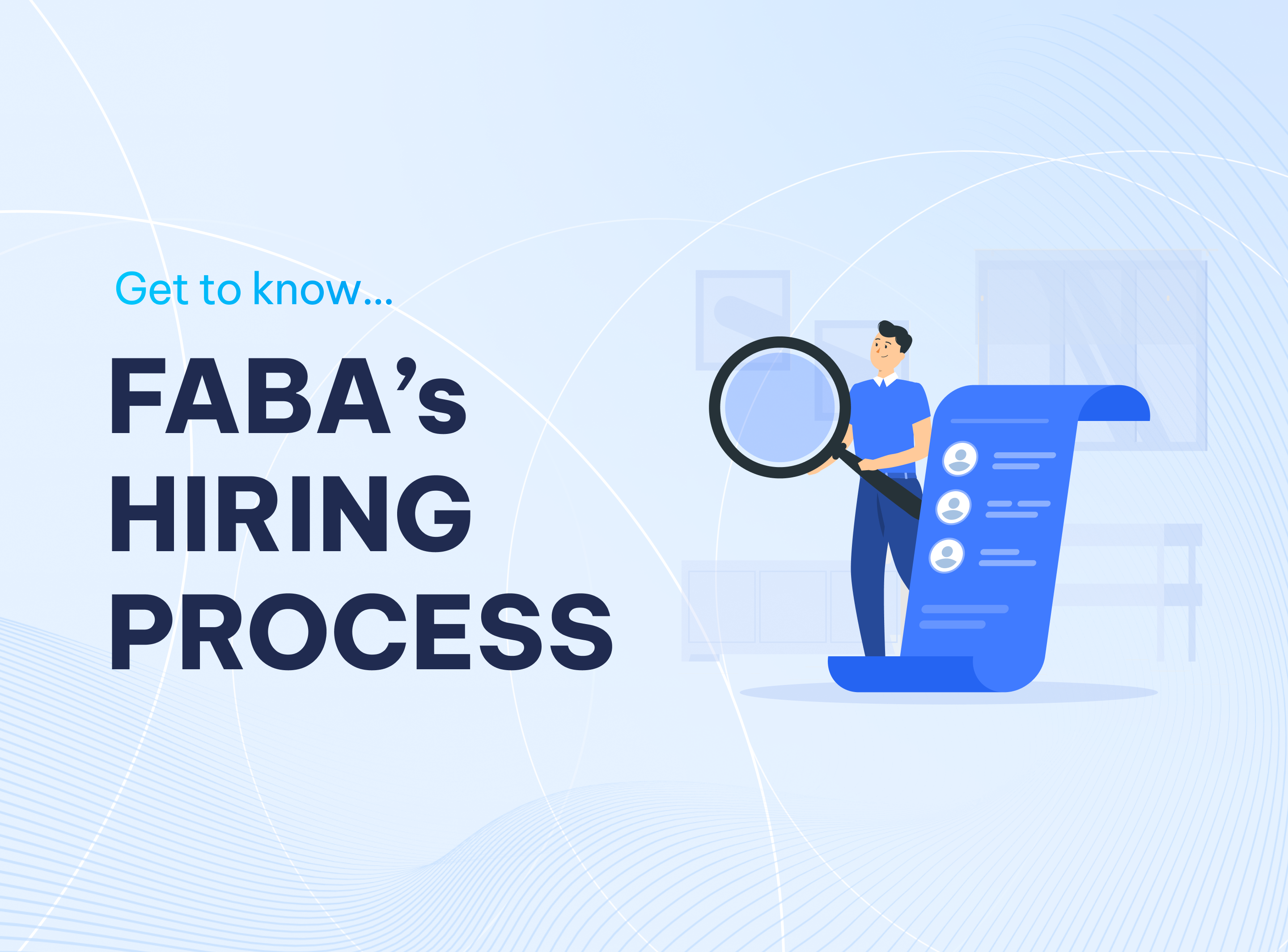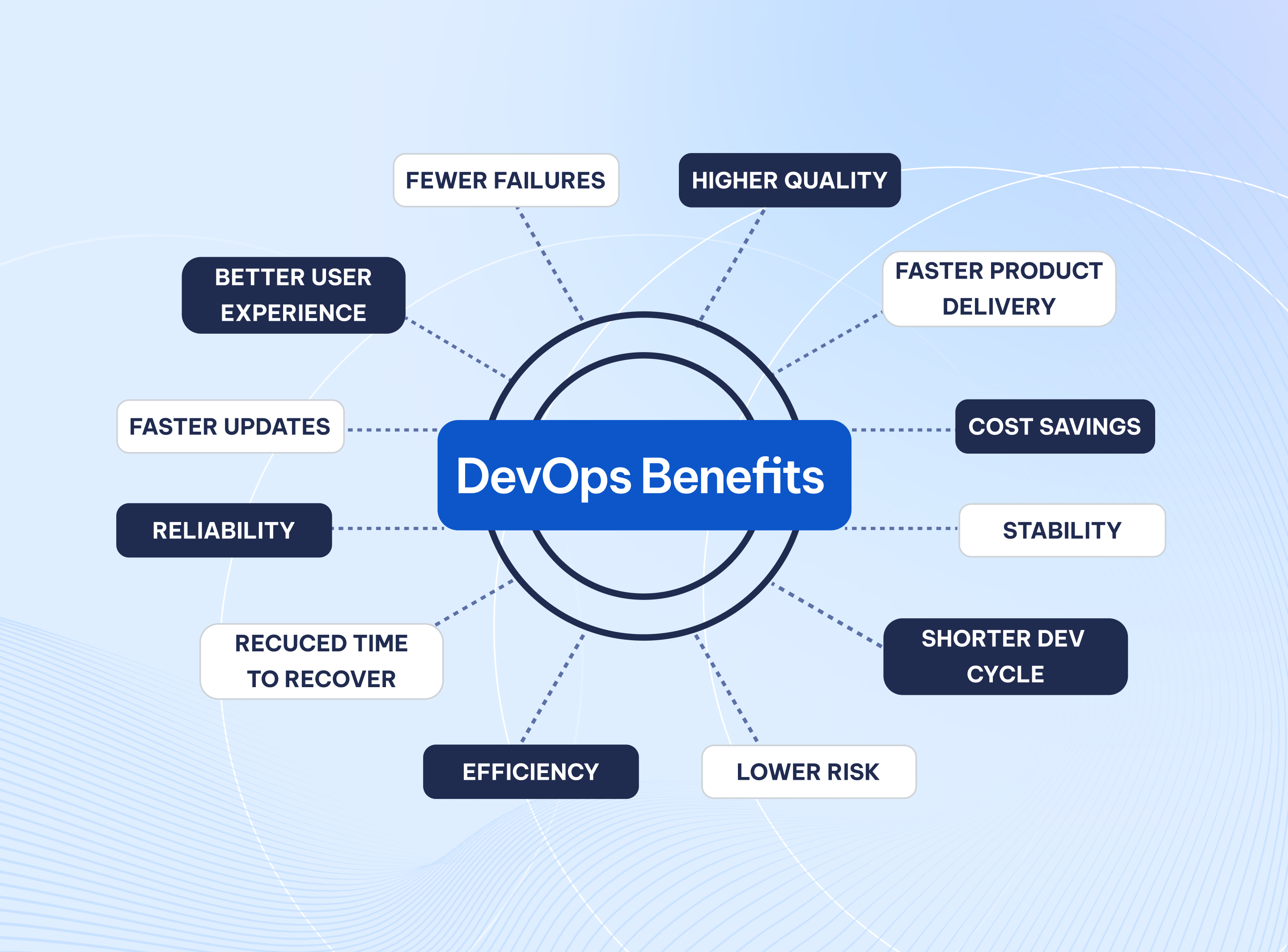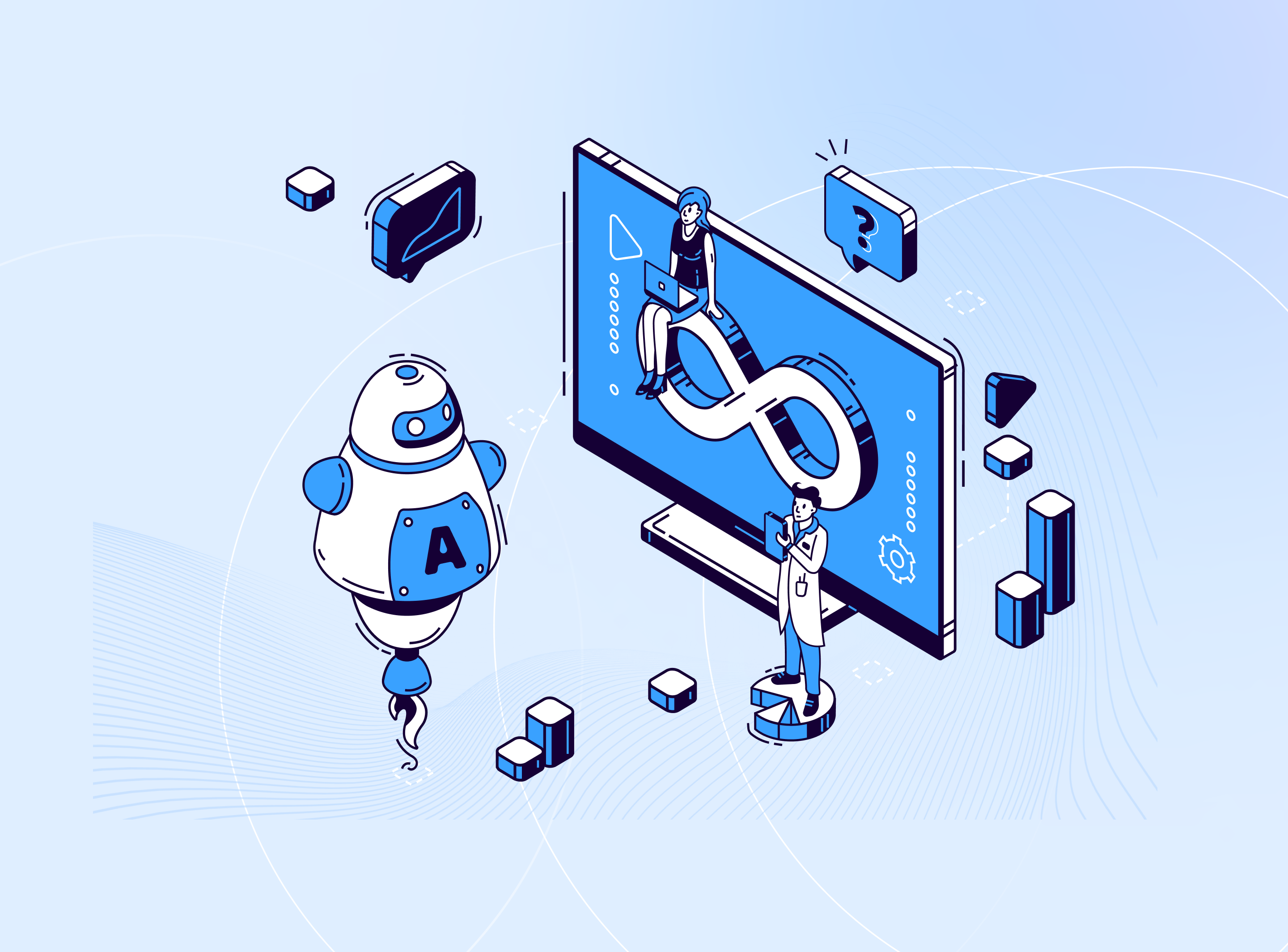Software Release Cycle
Published on Nov 16, 2021
What is a Software Release Cycle?
A software release life cycle is the total of a computer software's stages of development and maturity. A cycle extends from its original development to its ultimate release, including updated versions of the released version to improve the product or fix present bugs.
A software release cycle typically consists of 3 main stages, Development, Release, and Support. Let us take a closer look at what each stage entails.
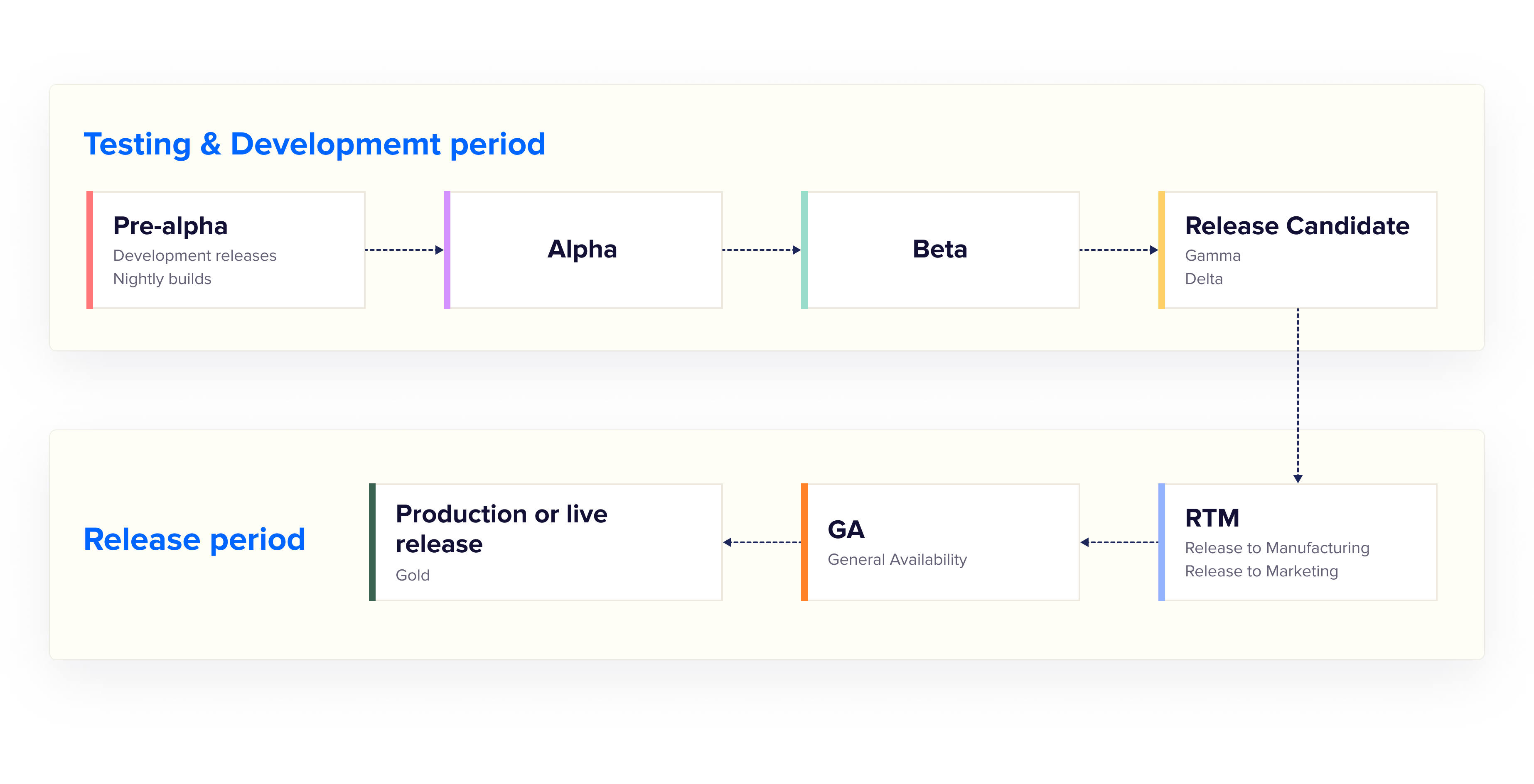
Stages of development
Pre-alpha
Pre-alpha refers to all activities performed during the software project before testing. These activities can include requirements analysis, software design, software development, and unit testing.
Alpha
The alpha phase of the release life cycle is the first phase to begin software testing
Beta
Software in the beta phase will generally have more bugs in it than the complete version, such as speed, or performance issues, and may still cause crashes or data loss.
Perpetual Beta
New features functionality are continually added to the software without establishing a final “stable” release.
Open and Closed Beta
Developers may release either a closed beta, also called private beta, or open beta, also known as public beta. Closed beta versions are released to a restricted group of individuals for a user test invitation, while open beta testers are from a larger selected group, or anyone interested.
Release Candidate (RC)
All product features have been designed, coded, and tested through one or more beta cycles with no known showstopper-class bugs.
Release
Release to Manufacturing (RTM)
At this stage, the product is ready to be delivered.
General Availability (GA)
In the GA stage, all necessary commercialization activities have been completed, and the software product is available for purchase.
Release to Web (RTW)
This is a software delivery stage that makes use of the Internet as a distribution channel.
Support
End-of-life
Once the software is no longer sold or supported, the product is said to have end-of-life. However, user loyalty may continue to exist for some time even long after its platform is obsolete.
Conclusion
The software release cycle oversees a constant change throughout the whole process because any software will always have its updated version until and unless it reaches end of life (EOL). Each update is an opportunity to fine-tune everything from your process to your checklist as your team learns which roadmap works best for what type of launch—and which doesn't.
FABA Technology can provide you with the dream team to help you achieve your product milestone, no matter which stage you’re at. Get in touch with us for a free consultation here.
